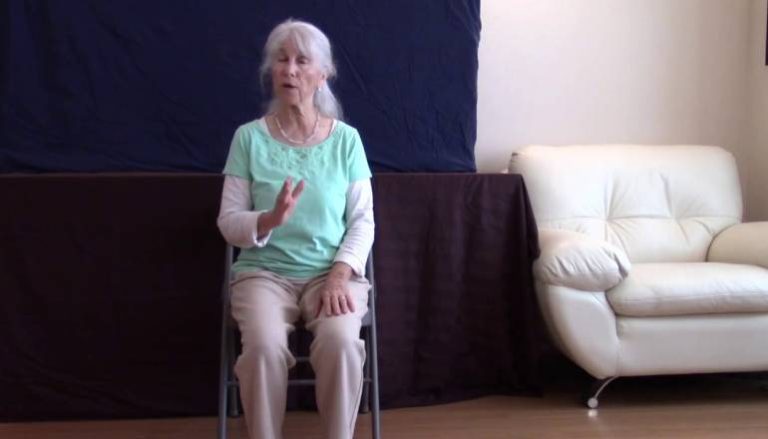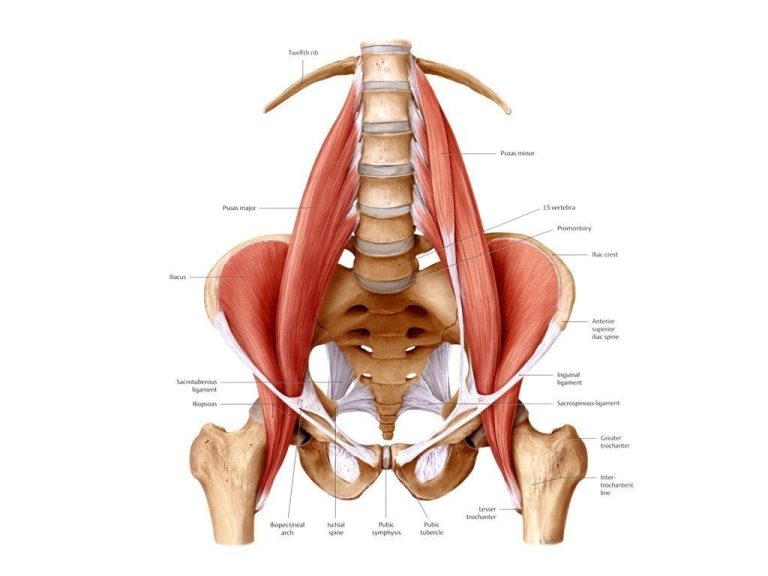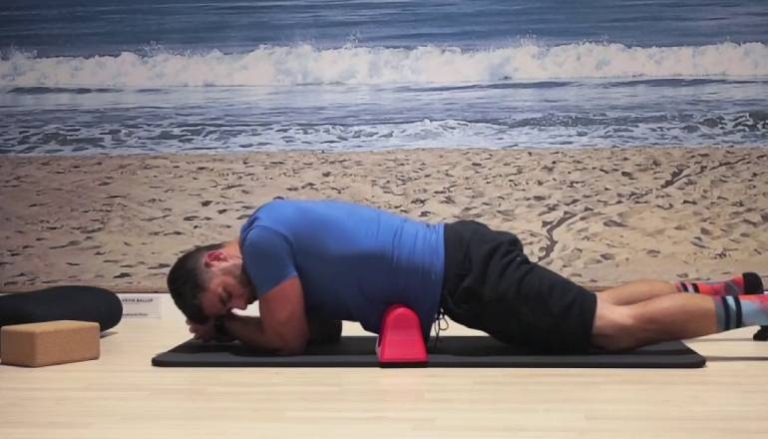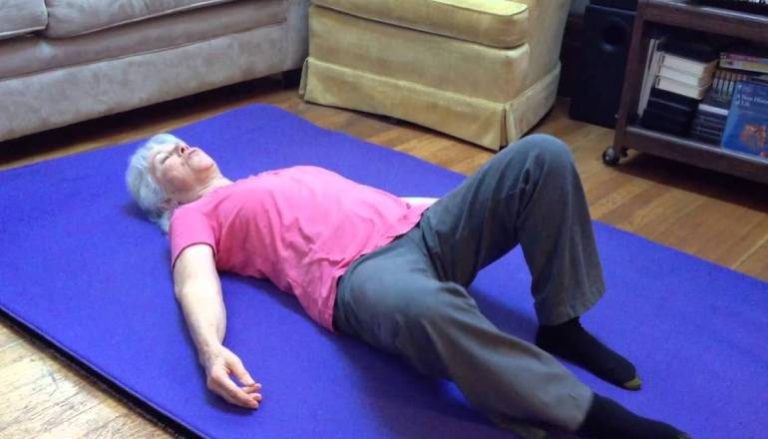Iliopsoas Release: Physical Therapy Techniques for Effective Rehabilitation
Are you constantly plagued by hip tightness or lingering lower back pain? If so, you may be suffering from a common yet often overlooked culprit: the iliopsoas muscle.
This sneaky little muscle, made up of the iliacus and psoas major, plays an integral role in our overall body movement and stability. And when it becomes tight and restricted, it can wreak havoc on our daily lives.
But fear not! In the exciting world of physical therapy, there exists a powerful technique called iliopsoas release that promises to bring relief and restore balance to your body.
So, let’s dive into the fascinating realm of assessing hip flexor tension and unlocking the secrets of the psoas muscle!
iliopsoas release physical therapy
Iliopsoas release physical therapy involves assessing and addressing hip flexor tension, specifically focusing on the psoas muscle. Before assuming that the psoas muscle is tight, it is essential to evaluate hip flexor length using the Thomas Test.
It is crucial to rule out any underlying pathology before attempting psoas release techniques. Stretching the psoas involves side-bending the spine away from the stretch.
Neuromuscular techniques such as reciprocal inhibition and post-isometric relaxation can enhance the release of the psoas muscle. Manual therapy, including massage, can help address chronic tightness in the psoas muscle.
Other hip flexor muscles, such as the rectus femoris and tensor fascia latae, should also be addressed. Facilitating the opposite muscles, such as hip extensors, can help relax tight hip flexors and improve range of motion.
If tightness persists, seeking manual therapy or addressing underlying issues is recommended. Overall, iliopsoas release physical therapy involves assessing and addressing hip flexor tension, using various techniques and exercises to enhance flexibility and range of motion while ensuring proper evaluation and addressing any underlying issues.
Key Points:
- Iliopsoas release physical therapy focuses on assessing and addressing hip flexor tension, particularly the psoas muscle.
- The Thomas Test is used to evaluate hip flexor length before assuming the psoas muscle is tight.
- It is essential to rule out underlying pathology before attempting psoas release techniques.
- Stretching the psoas involves side-bending the spine away from the stretch.
- Neuromuscular techniques like reciprocal inhibition and post-isometric relaxation can enhance psoas muscle release.
- Manual therapy, such as massage, can address chronic tightness in the psoas muscle, but other hip flexor muscles should also be addressed.
Sources
https://releasemuscletherapy.com/psoas-muscle-release-technique/
https://kutopeka.com/sites/default/files/provider_documents/Iliopsoas_Release_Rehabilitation_Protocol__Figuerres.pdf
https://www.themanualtherapist.com/2011/08/technique-highlight-psoas-release.html
https://sportmed.com/wp-content/uploads/Iliopsoas-Release.pdf
Check this out:
💡 Pro Tips:
1. Incorporate foam rolling into your routine to effectively release tight hip flexor muscles, including the psoas.
2. Target the antagonistic muscle groups, such as the glute muscles, to achieve a neurological inhibition effect on the hip flexors.
3. Utilize tools like massage balls to apply pressure and release tension in the psoas muscle.
4. Include exercises like the kneeling hip flexor stretch to specifically target and stretch the psoas muscle.
5. If tightness in the psoas muscle persists despite stretching and self-care techniques, seek manual therapy from a qualified professional.
Assessing Hip Flexor Tension – The Thomas Test As A Common Evaluation Tool
Assessing hip flexor tension is crucial before assuming that the psoas muscle is tight. One commonly used evaluation tool is the Thomas Test, which helps to determine the length of the hip flexors, including the psoas muscle.
This test involves the patient lying on their back while pulling one knee towards their chest. The therapist then observes the position of the opposite leg- if it remains completely flat against the table, it suggests that the hip flexors, including the psoas, are of normal length.
However, if the leg rises up, it indicates tightness in the hip flexors.
It is important to note that the Thomas Test provides a rough estimation of hip flexor length and is not the only factor to consider. Other factors such as muscle length discrepancies, compensatory movements, and joint restrictions can influence the outcome of the test.
Therefore, it is essential to use this evaluation tool in conjunction with a comprehensive assessment to get a more accurate picture of hip flexor tension.
Ruling Out Underlying Pathology – A Prerequisite For Psoas Release Techniques
Before focusing on psoas release techniques, it is crucial to rule out any underlying pathology. Hip pain and tightness can result from various conditions such as osteoarthritis, labral tears, bursitis, or even referred pain from the lumbar spine.
Without addressing the root cause, simply releasing the psoas muscle may offer temporary relief but will not provide a long-term solution.
To rule out underlying pathology, a thorough examination is required. This may include physical palpation, range of motion assessment, imaging studies like X-rays or MRI scans, and possibly consultation with other healthcare professionals such as orthopedic surgeons or radiologists.
By identifying and addressing any underlying issues, the success of psoas release techniques can be maximized.
Stretching The Psoas – Spine Side-Bending For Effective Release
Stretching the psoas involves side-bending the spine away from the stretch. This technique effectively targets the psoas muscle and enhances its release.
To perform this stretch, stand with your feet hip-width apart and take a step forward with the leg on the side you are targeting. Keeping the other leg straight, gently lean sideways in the opposite direction, feeling the stretch in the hip of the back leg.
Hold for 30 seconds and repeat on the other side.
It is important to note that stretching the psoas should be done with caution, especially if there are any existing hip or spine issues. It is always advisable to seek guidance from a qualified physical therapist or healthcare professional to ensure proper technique and safety during the stretching process.
Enhancing Psoas Release – Neuromuscular Techniques And Post-Isometric Relaxation
In addition to stretching, certain neuromuscular techniques can enhance psoas release. Reciprocal inhibition, for example, involves contracting the antagonist muscle to the psoas, which is the hip extensor.
This contraction helps relax the tight hip flexors, including the psoas.
Another effective technique is post-isometric relaxation, where the psoas muscle is isometrically contracted for a few seconds and then released. This contraction followed by relaxation helps to reset the muscle’s resting length and facilitate further release.
These techniques can be performed under the guidance of a physical therapist who will properly instruct and monitor the contraction and relaxation process. The therapist may also use manual techniques to assist in the release of the psoas muscle.
Manual Therapy For Chronic Tightness – Addressing The Psoas Muscle
Manual therapy, including massage, can be useful in addressing chronic tightness in the psoas muscle. The therapist may use techniques such as myofascial release, trigger point therapy, or soft tissue manipulation to help release tension in the muscle.
It is important to note that manual therapy alone may not provide a complete solution for chronic psoas tightness. It should be combined with other therapeutic interventions such as stretching, strengthening, and neuromuscular techniques to ensure long-term improvement.
Comprehensive Approach – Targeting Other Hip Flexor Muscles And Seeking Manual Therapy
Addressing only the psoas muscle may not be sufficient in the rehabilitation process. Other hip flexor muscles, such as the rectus femoris and tensor fascia latae, should also be targeted.
Incorporating exercises and stretches specifically targeting these muscles can help in achieving overall hip flexor balance and flexibility. This includes exercises like kneeling hip flexor stretch and foam rolling of the hip flexor muscles.
Furthermore, targeting the hip extensor muscle group, such as the gluteus maximus, can help facilitate a neurological inhibition effect on the hip flexors. Exercises like glute bridges can be beneficial in achieving this effect.
If tightness in the psoas muscle persists despite the use of home exercises and self-care techniques, seeking manual therapy from a qualified physical therapist or healthcare professional is recommended. This allows for a comprehensive assessment, accurate diagnosis, and personalized treatment plan to address the underlying issues causing the persistent tightness.
In conclusion, iliopsoas release is an essential component of physical therapy for individuals experiencing hip flexor tension. However, it is crucial to assess hip flexor tension accurately using tools like the Thomas Test and rule out underlying pathology before focusing on the psoas muscle.
Stretching the psoas involves side-bending the spine away from the stretch, while neuromuscular techniques and manual therapy can enhance psoas release. Targeting other hip flexor muscles and seeking manual therapy when needed can ensure a comprehensive approach to effective rehabilitation.







